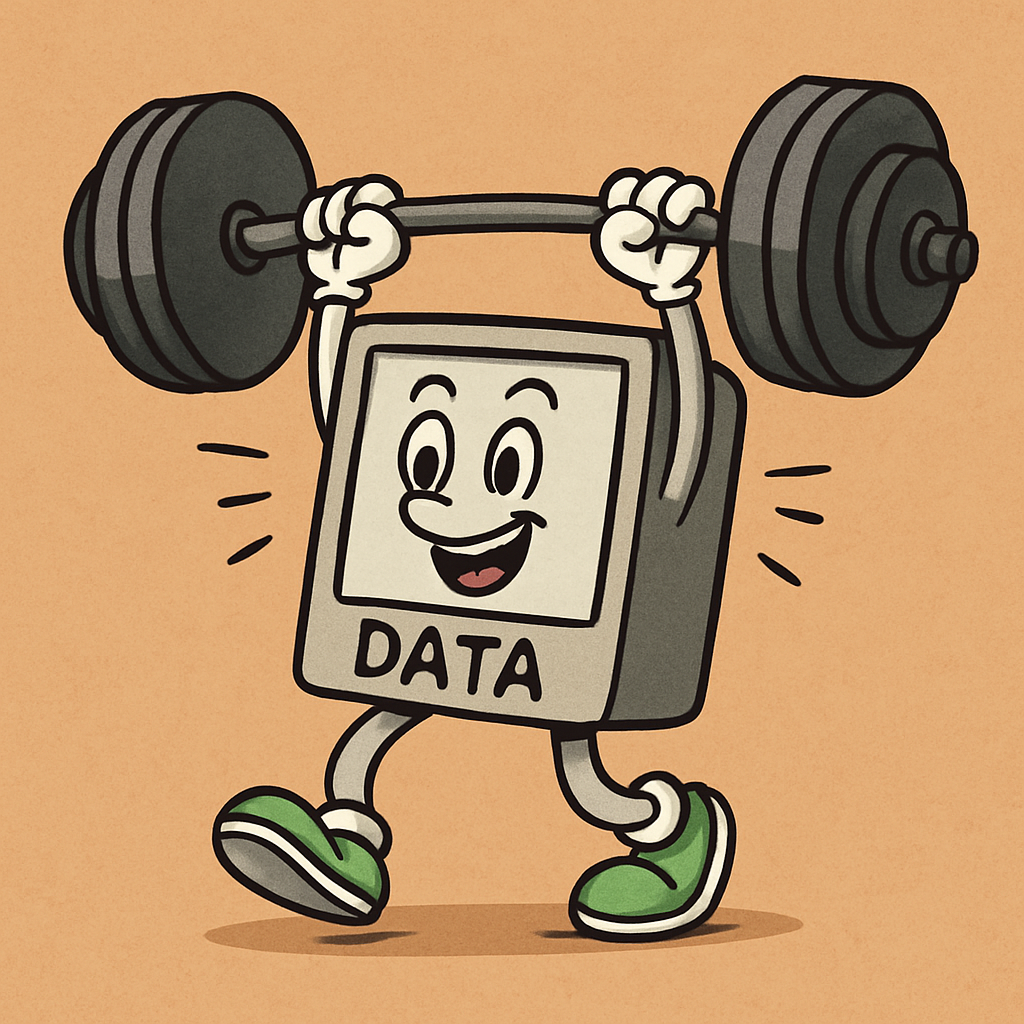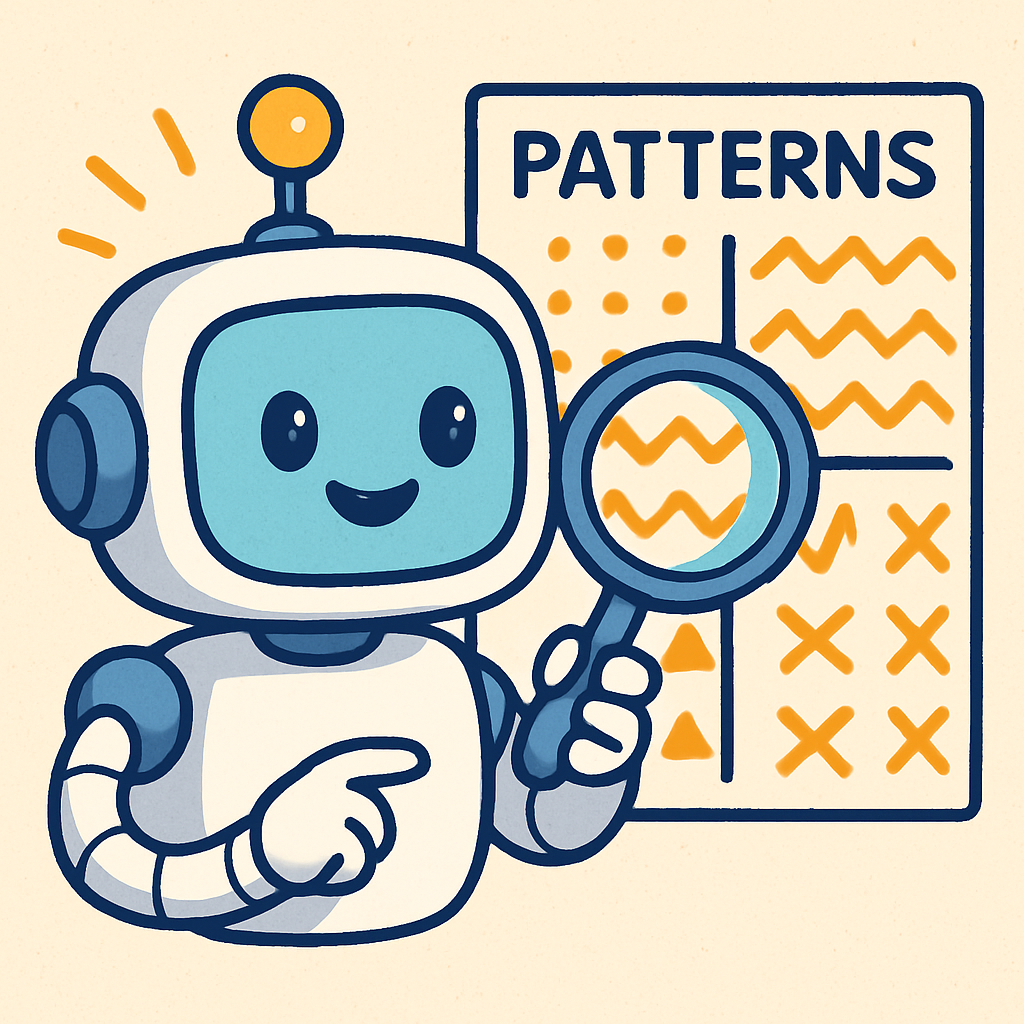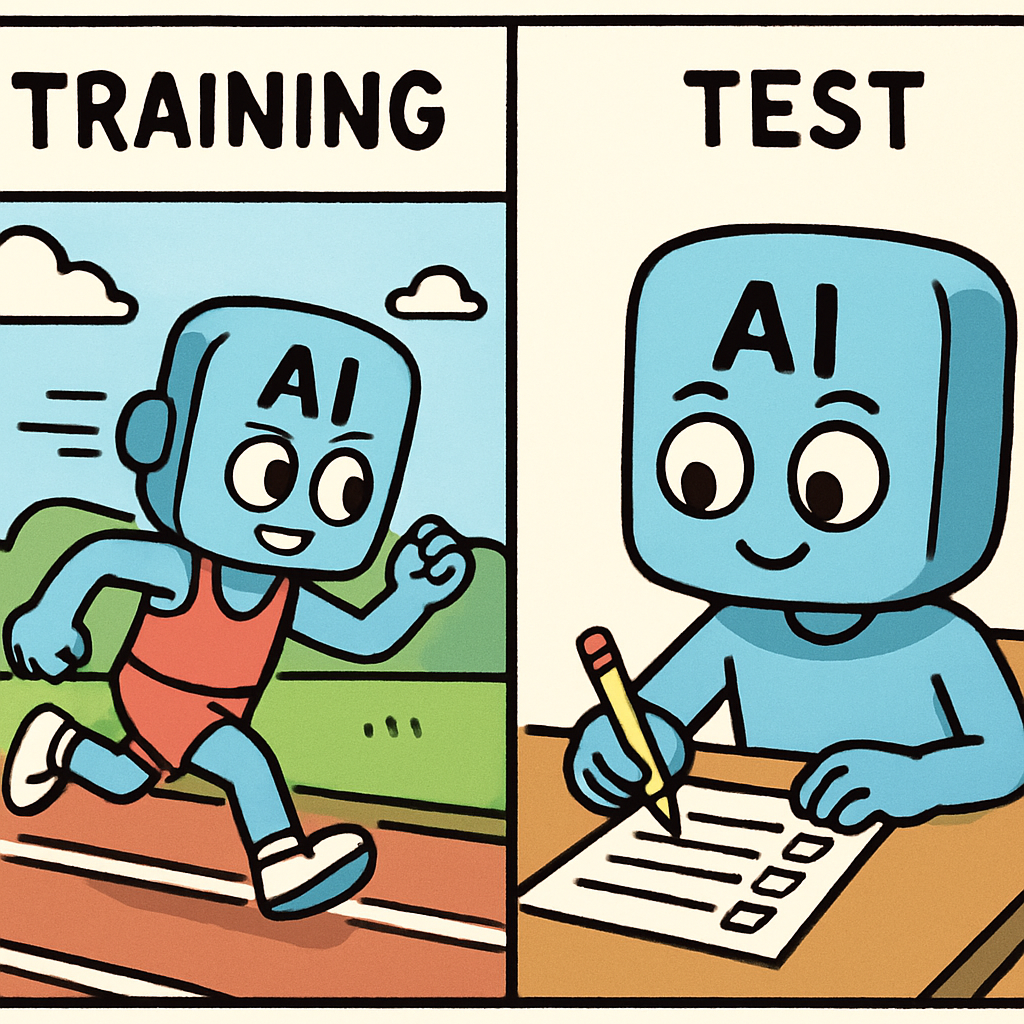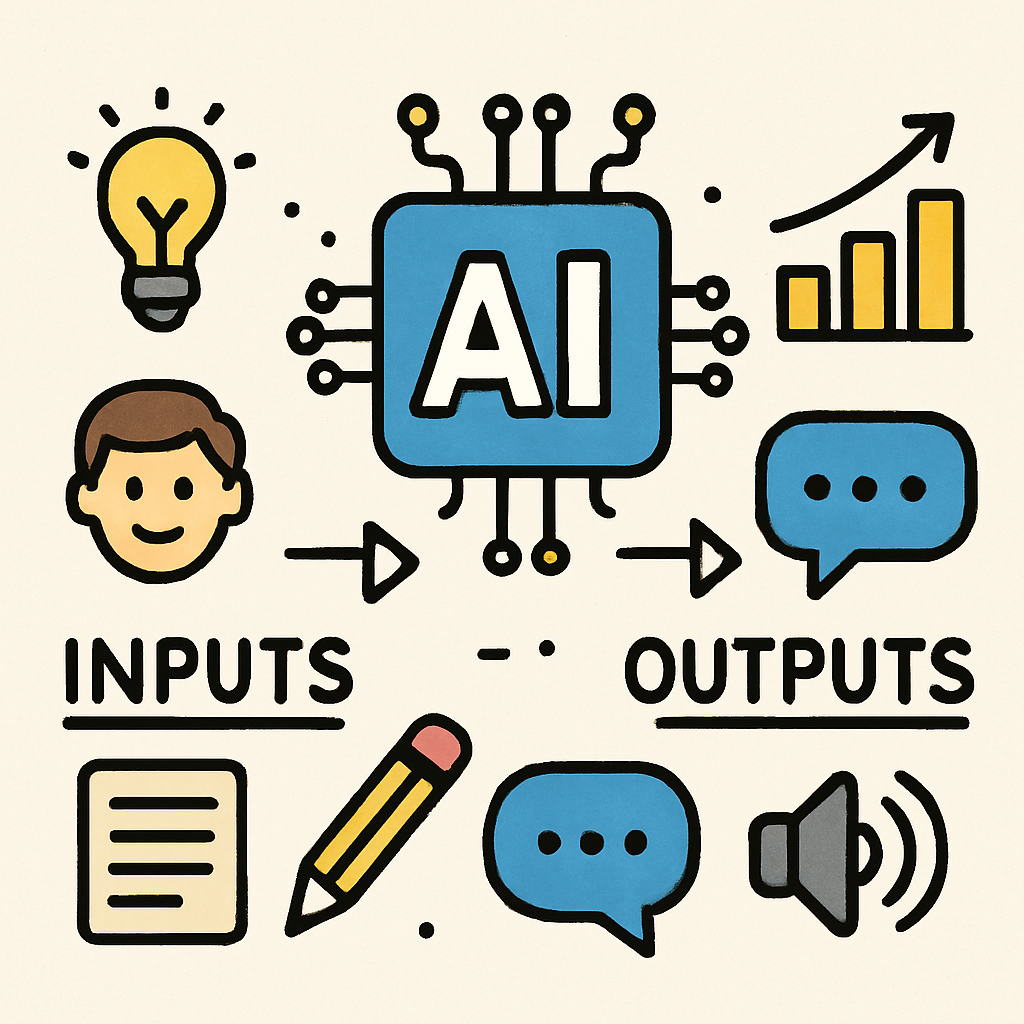 In this lesson, you will explore the fundamental principles of artificial intelligence (AI) in straightforward terms. You will examine what it means for a computer to 'learn', without requiring any mathematical or programming knowledge. By the conclusion of this lesson, you will have a clear understanding of the core concepts of AI and be able to consider its implications in the real world.
In this lesson, you will explore the fundamental principles of artificial intelligence (AI) in straightforward terms. You will examine what it means for a computer to 'learn', without requiring any mathematical or programming knowledge. By the conclusion of this lesson, you will have a clear understanding of the core concepts of AI and be able to consider its implications in the real world.
We will begin with the essentials: What does it mean for a computer to 'learn'? In contrast to humans, computers do not acquire knowledge from experiences in the identical manner. Rather, AI 'learns' by analysing numerous examples and identifying patterns within them. Consider the process of teaching a friend to identify various fruits: you present examples of apples, bananas, and oranges repeatedly until they comprehend. AI employs a comparable approach using data.
To enhance your understanding, let us draw a parallel with human learning. Humans often learn through observation, practice, and refinement based on feedback. AI, however, relies on vast amounts of data to simulate this process.
 Data forms the essential foundation of artificial intelligence. It can be compared to the fuel that powers an engine; without high-quality data, AI systems cannot function effectively. AI relies on datasets, which are extensive collections of organised information, including images, text, or numerical values, to undergo training and enhance performance.
Data forms the essential foundation of artificial intelligence. It can be compared to the fuel that powers an engine; without high-quality data, AI systems cannot function effectively. AI relies on datasets, which are extensive collections of organised information, including images, text, or numerical values, to undergo training and enhance performance.
To illustrate, consider the process of developing an AI capable of recognising animals. This involves providing the system with thousands of labelled photographs, such as those marked as 'cat', 'dog', or 'bird'. The greater the diversity within the data, the more proficient the AI becomes in accurate identification. However, if the dataset is restricted—for instance, containing only images of white cats—the AI may encounter difficulties when presented with images of black cats or other variations.
Furthermore, the quality and quantity of data directly influence the AI's ability to generalise knowledge to new situations. High-quality data is accurate, relevant, and representative of real-world scenarios, ensuring that the AI learns robust patterns rather than misleading ones. For example, in healthcare applications, AI trained on diverse patient data can better predict diseases across different populations.
 Once an AI system has access to data, its next crucial task is to identify patterns within that data. This process can be likened to connecting the dots in a puzzle, where the AI algorithms systematically search for similarities and recurring features, such as specific shapes, colours, or words that frequently appear together.
Once an AI system has access to data, its next crucial task is to identify patterns within that data. This process can be likened to connecting the dots in a puzzle, where the AI algorithms systematically search for similarities and recurring features, such as specific shapes, colours, or words that frequently appear together.
To illustrate this concept, consider the way you might teach a young child to recognise different animals. You would point out distinguishing characteristics: for instance, cats typically have whiskers and long tails, whereas dogs often have floppy ears and wagging tails. An AI performs a similar analysis but on a much larger scale, processing vast amounts of data to detect these patterns and use them to make informed predictions or decisions.
In the realm of artificial intelligence, spotting patterns is fundamental to enabling machines to 'understand' and respond to the world. For example, an AI trained to predict weather might observe that sunny days are frequently followed by clear skies with minimal rainfall, allowing it to forecast future conditions based on historical trends.
 How AI Prepares for Real-World Applications
How AI Prepares for Real-World ApplicationsIn this section, we will examine the process by which AI systems are prepared for real-world tasks. This process consists of two primary stages: training and testing. These stages enable the AI to develop its capabilities and then evaluate its performance.
During the training stage, the AI is provided with a substantial dataset, which includes examples and corresponding correct answers. The system analyses this data to identify patterns and refine its understanding. This can be compared to studying for an examination by reviewing notes and examples repeatedly, adjusting one's knowledge based on the information encountered.
Following the training stage, the AI undergoes testing, where it is presented with new data that it has not encountered previously. This stage assesses the AI's ability to apply its learned knowledge effectively. If the performance is satisfactory, the AI is considered ready; otherwise, further training or improved data may be required. For instance, an AI designed to identify fruits would be trained on numerous images of apples and oranges, and then tested on unfamiliar images to determine its accuracy.
 Understanding Inputs and Outputs in AI
Understanding Inputs and Outputs in AIArtificial intelligence operates much like a machine: it receives data as input and produces results as output.
Inputs may consist of various forms of data, such as:
The outputs could include:
Consider providing a voice command to a smart speaker as an input. The resulting output might be the playback of a requested song. Behind the scenes, the AI analyses the input based on patterns it has learned during training, transforming the raw data into meaningful and useful actions.
The effectiveness of an AI system depends on how well it processes inputs to generate accurate outputs. For example:
This demonstrates the core mechanism by which AI interacts with and responds to the world. Inputs are the data provided to the AI (text, images, sounds, numbers, etc.), processing is the internal analysis where the AI applies learned patterns, and outputs are the results produced — such as predictions, decisions, or generated content.